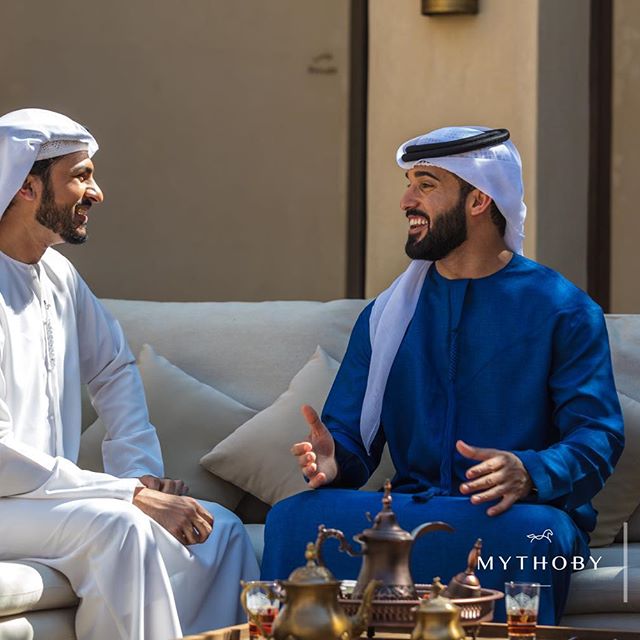With a multitude of stitching, material, fit, length, color, and accessory choices to consider, a lot goes into finding the right kandora. Here, MyThoby from Dubai-based bespoke tailor sheds some light on how to select your best style.
What should you look for when having a kandora tailored?
“First of all, there are are several styles worn in the GCC. The most popular in the UAE, for example, is the Arabi kandora. One should look at the quality of the fabric, the proper body measurements, and the quality of the finishing. All kandoras are usually bespoke and made-to-measure, so the selection of the tailor is also important.”
What are the most common requests from clients?
“Most of our customers prefer the Arabi kandora, a very popular style among UAE nationals and even expats who have adopted the traditional dress.”
White seems to be the most popular color, although many other colors are available. Why is this?
“White is the most popular color due to its roots in the nation’s tribal and religious past. It is also the ideal color to mitigate the hot summer climate. During winter months, men tend to venture to darker colors and thicker materials. Blue, brown, gray, and copper are popular in winter and light colors like yellow, off-white, cream, and beige are popular in summer. Our customers also opt for darker ghotras and ghemaghs to match, and some even prefer cashmere, especially if they head out to set-up camp in the desert in winter.”

How would you choose the style and color of the ghotra to match your kandora?
“The style and color of the ghotra is selected to match or complement the kandora’s hue, from the cooler blue white to warm white. Patterns also matter. But, mostly, it’s a balancing act between tradition and personal style.”
Which material is more suited to making a kandora and why?
“Pure synthetics or mixes with cotton/wool work best because they are wrinkle free and keep their form all day long.”
How can a customer personalize his kandora when he comes to MyThoby?
“We offer three levels of customization: unique finishing touches from a wide array of styles (stitching, folds, pockets, patterns) in store and online; special monograms, like our falcon logo, on cuffs or collars; and thobes and dishdashas that are non-standard or using one-of-a-kind fabrics.”

Which type and color of kandora would you wear every day, and which type and color would you wear for special occasions such as a wedding?
“It depends on seasons – during winter, dark colors and in summer lighter colors and for special occasions and weddings, men would prefer white as it represents purity, prestige, and tradition.”
Fashion designers have been making dramatic changes to the cut and style of the abaya, but the kandora has remained relatively unchanged. Why do you think this is?
“The thing about fashion is it’s cyclical and the more dramatic the change, the faster the trend cycles out. With the kandora, the changes are very subtle. Stitching styles, hidden buttons, zippers, fabrics. We’ve noticed that men today wear caps and leather sneakers with their kandoras. They wear expressive cufflinks. The art of self-expression is still there, but sober and, dare we say, gentleman-like. Here in the UAE, men still prefer the classic and more conservative kandora, whereas in other GCC countries they have started to experiment with new styles.”





